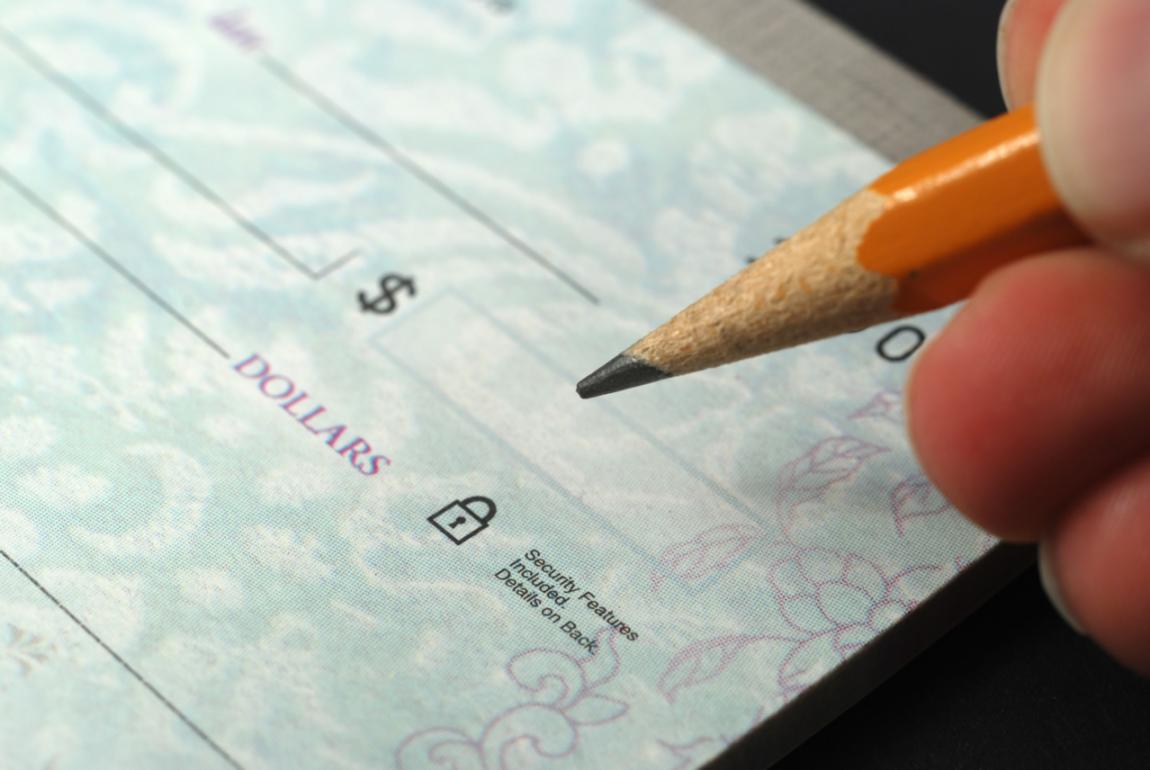Iran’s e-check system, Checkavak, went online in four other provinces, Banker news website reported on Sunday.
North Khorasan, South Khorasan, Bushehr and Hormozgan have now joined the Checkavak club.
The system was originally to go online nationwide on Feb. 11 – the anniversary of the 1979 Islamic Revolution, but the government failed to meet the deadline. The system is now operational in 27 of Iran’s 31 provinces. This leaves Khorasan Razavi, Isfahan, Fars and Yazd out of Checkavak’s reach. The first three provinces are in the top five most populous provinces of Iran, with a 14.6 million combined population. The four provinces also have a 16.8 percent share of GDP.
With Checkavak electronic check management system, bounced checks will be almost eliminated from the banking system, making the financial system more secure, Central Bank of Iran Governor Valiollah Seif stated.
Checkavak became operational in the capital, Tehran, on Dec. 27, eliminating the circulation of physical checks in the inter-bank system and increasing check credibility.
A System for All Times
With Checkavak going online, the verification of checks and the clients’ financial status will be computerized and can be accessed instantly by banks.
Previously, it took at least 48 hours for checks to be cleared. But with Checkavak, a photo of the check is sent to the original bank for verification, thus, reducing clearance time to below 24 hours.
The Checkavak electronic system utilizes special encryption to prevent counterfeiters from changing check photos via computer software, according to the central bank’s Information Technology and Communications Department.
Once Checkavak goes operational nationwide check books will be standardized in size and formatting.
Other benefits of the new system include time-efficiency, minimized security issues, reduction of banking costs, and the eradication of check clearing houses.
The system will be constantly monitored online by the central bank thus data will reach the bank directly needless of any intermediaries. Lenders would therefore be able to assess the reliability and verify the validity of individuals wanting to receive new check books. Additionally, with a better understanding of their balance, individuals will be more mindful when drawing checks; eventually, overdrafts would decrease.
The CBI has recently focused on developing the infrastructure of e-banking and electronic payments, in hopes of reducing the operational costs in the banking system. The outstanding developments in this field include forming the Central Database of Banking Network, issuing the first version of electronic bonds, designing the SEPAS (mobile payment system) and KIWA (the e-wallet) network and running Checkavak (electronic check management system).


